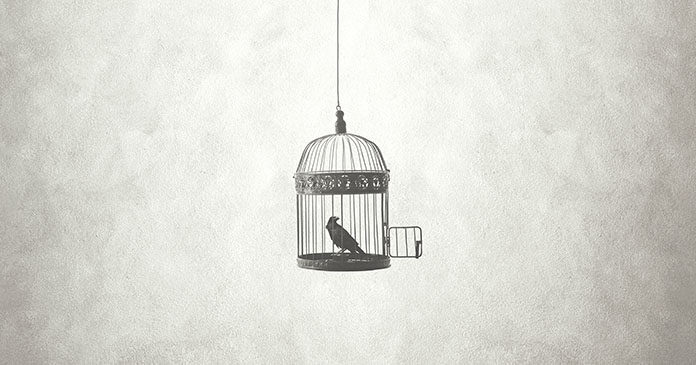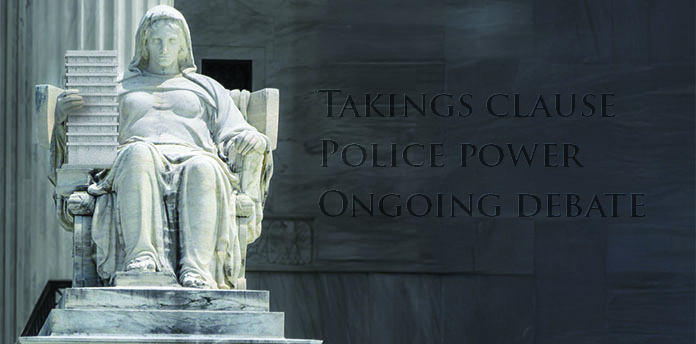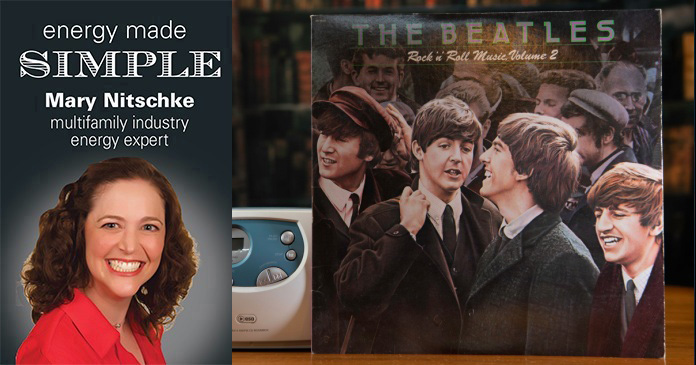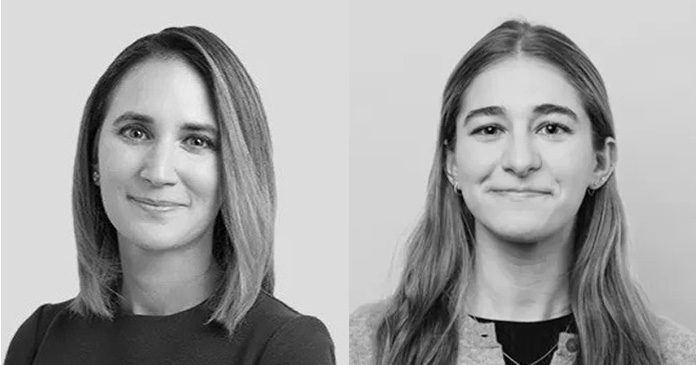What’s equally striking is how difficult organizations are finding it to embed these qualities and behaviors in their people. That’s because the primary obstacle is invisible: the internal resistance that all human beings experience, often unconsciously, when they’re asked to make a significant change. Cognitively, it shows up as mindset —fixed beliefs and assumptions about what will make us successful and what won’t. Emotionally, it usually takes the form of fear.
The complexity of the challenges that organizations face is running far out ahead of the complexity of the thinking required to address them. Consider the story of the consultant brought in by the CEO to help solve a specific problem: the company is too centralized in its decision making. The consultant has a solution: decentralize. Empower more people to make decisions. And so it is done, with great effort and at great expense. Two years pass, the company is still struggling, and a new CEO brings in a new consultant. We have a problem, the CEO explains. We’re too decentralized. You can guess the solution.
The primary challenge most large companies now face is disruption, the response to which requires a new strategy, new processes, and a new set of behaviors. But if employees have long been valued and rewarded for behaviors such as practicality, consistency, self-reliance, and prudence, why wouldn’t they find it uncomfortable to suddenly embrace behaviors such as innovation, agility, collaboration, and boldness?
When we feel uncomfortable or stressed, we tend to double down on what has worked for us before. Overusing any quality will eventually turn into a liability. Too much prudence congeals into timidity. Overemphasizing practicality stifles imagination. Consistency turns into predictability.
Most of us tend to view opposites in a binary way. If one is good, the other must be bad. Through this lens, the only alternative to prudence is recklessness. If you’re not being practical, you’re being unrealistic. Both invite failure. Also, if you value a quality such as prudence, it’s easy to confuse its positive opposite—boldness—with its negative opposite—recklessness, which is precisely what prudence is designed to protect against.
What we don’t see is that it makes more sense to balance practicality and innovation, boldness and prudence, collaborativeness and self-reliance, agility and consistency—without choosing sides between them.
But it’s difficult to balance these qualities. We see this play out over and over in two contrasting styles of leadership. The challenging leader constantly pushes his people to stretch and grow, but under stress, he can be overwhelming, and even brutal. The caring leader makes people feel safe and valued, but may resist pushing them beyond their current comfort zones, and doesn’t always hold them accountable. The challenging leader tends to confuse caring with coddling, while the caring leader may feel challenging people is tantamount to cruelty.
This same phenomenon operates not just individually, but also organizationally. We worked with a venture capital firm that took pride in differentiating itself from competitors by building its culture around collegiality, care, and consensus. Sure enough, all voices were heard around decisions, and employees treated one another with consideration and respect. The problem was that these qualities were so overused that they prompted paralysis in decision making and an aversion to providing honest feedback, leaving employees feeling uneasy about where they stood.
It isn’t possible to truly transform a business without simultaneously transforming its people. This requires understanding and exploring the complex factors, both cognitive and emotional, that drive their behavior. Attention to people’s inner lives is rare for most companies, but we’ve found several moves that help make it possible.
Embrace intermittent discomfort. Our shared human instinct is to avoid pain at any cost, but growth requires pushing past our current comfort zone. To strengthen a bicep, it’s necessary to lift weight repetitively nearly to muscle failure. That’s what signals the brain to build more muscle fiber. The same is true of challenging ourselves to become more resilient emotionally, and less rigid and habitual cognitively.
Focus first on building the muscle of self-observation, individually, and collectively across the organization. Self-observation is the capacity to step back from our thoughts and emotions under duress. We refer to this as the “Golden Rule of Triggers:” Whatever you feel compelled to do, don’t. Instead observe your internal experience with curiosity and detachment, as you might the action in a movie, or the behavior of strangers. Rather than reacting, take a deep breath, and then ask yourself “How would I behave here at my best?”
Design small, time-limited tests of the assumptions you hold about the negative consequences you imagine if you build a specific new behavior. Does setting aside specific times to think creatively and reflectively truly prevent you from getting urgent work accomplished, or might it lead to new ideas, more efficiency, and better prioritization? Does going out of your way to be appreciative require that you give up your high standards? Conversely, does providing tough feedback in real time have to feel unkind, or can it be delivered honestly as encouragement to grow?
Einstein was right that “we can’t solve our problems from the same level of thinking that created them.” Human development is about progressively seeing more. Learning to embrace our own complexity is what makes it possible to manage more complexity.
Authors: Tony Schwartz is the president and CEO of The Energy Project and author of The Way We’re Working Isn’t Working. Emily Pines is a managing director at The Energy Project.















